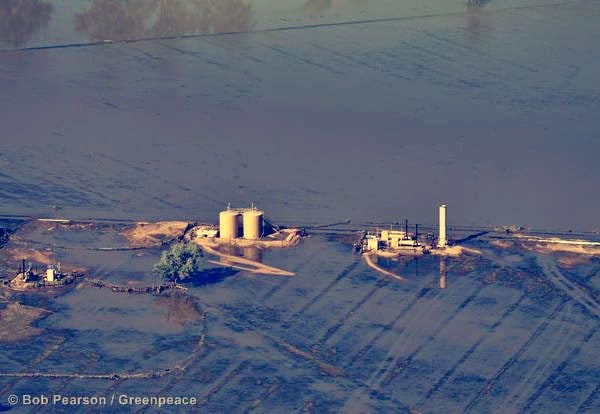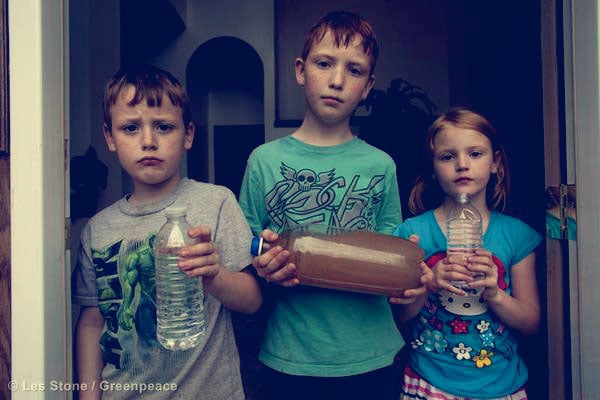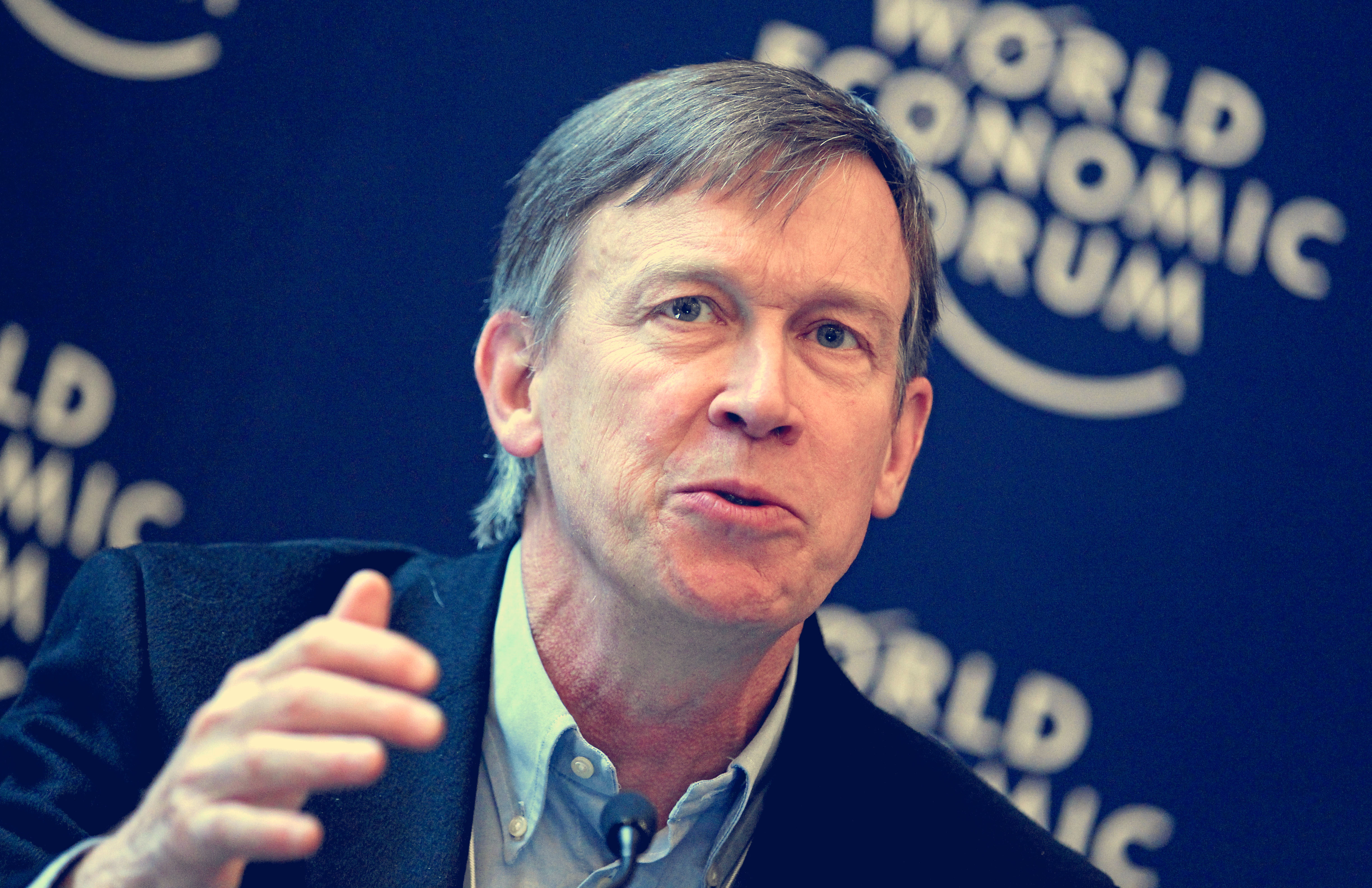This time last year, people were buzzing about Promised Land, or the fracking movie, starring Matt Damon and Francis McDormand. Our take was that the movie fell short of truly exposing the dangers of fracking.
Incredible milestones-and a few setbacks-would follow the release of the fracking movie in 2013 including historic bans and a bizarre move by Colorado Governor John Hickenlooper.
9) The city of Dallas-yes, Dallas-bans fracking within 1500 feet of residential areas, schools, churches and several other protected areas.
This leaves much of the cityoff limits to hydraulic fracturing completely.The oil and gas industry protested that they might as well have placed an entire ban on fracking in the city.
8) Three Colorado towns say no to fracking
Colorado citizens spoke loud and clear when they passed three measures during the November elections that halted or at least paused fracking in Boulder, Fort Collins and LaFayette. This was despite the $900,000 the oil and gas industry coughed up to block the measures. Earlier that fall, the state suffered devastating floods causing several spills from oil and gas wells and contaminating drinking water.
7) Filmmaker Josh Fox releases the followup to his Oscar-nominated fracking documentaryGaslandwith its sequelGasland II.
The film focuses more on spinning tactics from the industry as well as failures from the EPA. The most shocking fact from the film? The gas industry has leased a land mass bigger than California and Florida combined.
6) Hawaii passes a ban on drilling wells and fracking.
Brenda Ford, the councilwoman who introduced the ban, stated that authorities had not undertaken properinvestigation to evaluate the risks of fracking.Including in this ban was also a restriction on the genetically modified agriculture.
5) Drilling company Range Resources places a gag order on a Pennsylvania family paying them $750,000 to not mention their relocation or any impacts from fracking on their family.
This gag order includes the children. Stephen Colbert spotlights the news on his show claiming we’ve entered a “golden age of flammability.”
4) Numerous New York towns enact bans on fracking.
As of December 2013, 71 fracking bans and 108 moratoria in New York state were in place. Governor Andrew Cuomo is still undecided on whether to lift the moratorium on fracking in New York. He issued an investigation in the health risks of fracking more than a year ago.
3) Pennsylvania Supreme Court declares several provisions of a shale drilling law unconstitutional including one that allows companies to drill anywhere and prevented doctors from telling patients about health impacts.
Chief Justice Castille wrote in the 162-page majority decision that ” protection of environmental and esthetic interests is an essential aspect of Pennsylvanians’ quality of life and a key part of local government’s role.” Pennsylvania Governor Tom Corbett claimed he was disappointed by the decision.
2) New Mexico county becomes first in US to ban fracking.
In conservative Mora County in New Mexico, 95 percent of the 5,000 residents supported the ordinance seeking to protect water wells, a vital source of clean water. Pittsburgh became the first city to ban fracking in 2010.c
Colorado Governor John Hickenlooper actually drinks fracking fluid to prove how safe it oil and gas companies can actually make it.
Interesting tactic, Governor.






